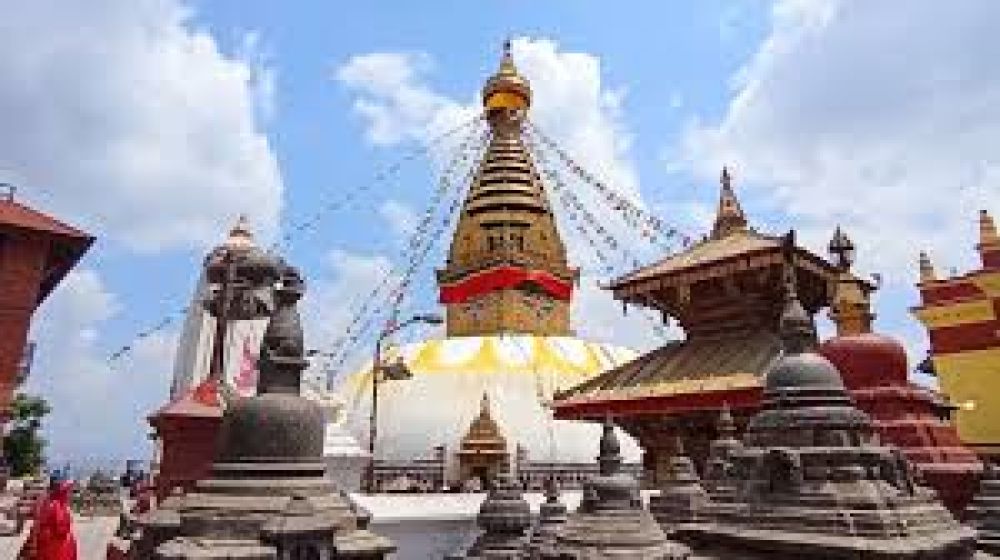

One of the most significant landmarks in Kathmandu and an iconic symbol of Nepal's cultural and religious heritage is the Boudhanath Stupa. This magnificent stupa stands as one of the largest spherical stupas in Nepal and has been central to Buddhism since its construction. Historical evidence suggests that the stupa was established by Licchavi rulers in the 5th century AD, but legends convey that it may date back even earlier, to around the 3rd century AD.
The Boudhanath Stupa has continually attracted pilgrims and travelers from all around the world, especially those practicing Tibetan Buddhism. Over time, it has witnessed significant historical events, from the influx of Tibetan refugees in the 1950s to the restoration works following the devastating earthquake in 2015. The UNESCO World Heritage Site designation in 1979 marked a pivotal turning point in emphasizing the importance of preserving Boudhanath's substantial heritage for future generations.
The commodification of tourism around Boudhanath Stupa began in earnest in the late 20th century as Nepal opened up to the world. The stupa became a 'must-see' on the tourist trail, with local entrepreneurs and the government investing in the tourism infrastructure around the site to accommodate the growing numbers of international visitors.
The rise in visitor numbers has led to the development of a bustling marketplace surrounding the stupa, filled with shops selling religious artifacts, traditional Nepalese crafts, and Thangka paintings. Local hospitality has expanded as well, with a variety of accommodation options and eateries catering to diverse tastes and budgets.
In recent years, Boudhanath Stupa has become emblematic of Nepal's resilient spirit, especially after surviving the 2015 earthquake with minor damages. Reconstruction efforts have since restored any damage, reinforcing the stupa's significance and attracting more aid and tourism.
Latest tourism trends show an increase in experiential travel, where visitors seek to immerse themselves in the local culture and religious practices. Meditation retreats, prayer flag hoisting ceremonies, and teachings by revered lamas attract those seeking spiritual enlightenment. The annual festivities, including the Tibetan New Year celebrations known as Losar, draw crowds eager to witness the vibrant cultural displays around the stupa.
Sustainable tourism has also become more prominent, with various initiatives aimed at preserving the sanctity of Boudhanath Stupa while accommodating tourists. These include crowd management efforts, preservation of the site's cleanliness, and encouragement of responsible tourism practices.
Whether it's spinning the prayer wheels, observing the devout circumambulate the stupa, or simply soaking in the ambience of chants and incense, a visit to Boudhanath Stupa is an encounter with the heart of Nepal's spirituality. It is a portal to the past and a beacon of peace in the bustling city of Kathmandu, continuing to draw the curious, the faithful, and the wanderers to its sacred grounds.